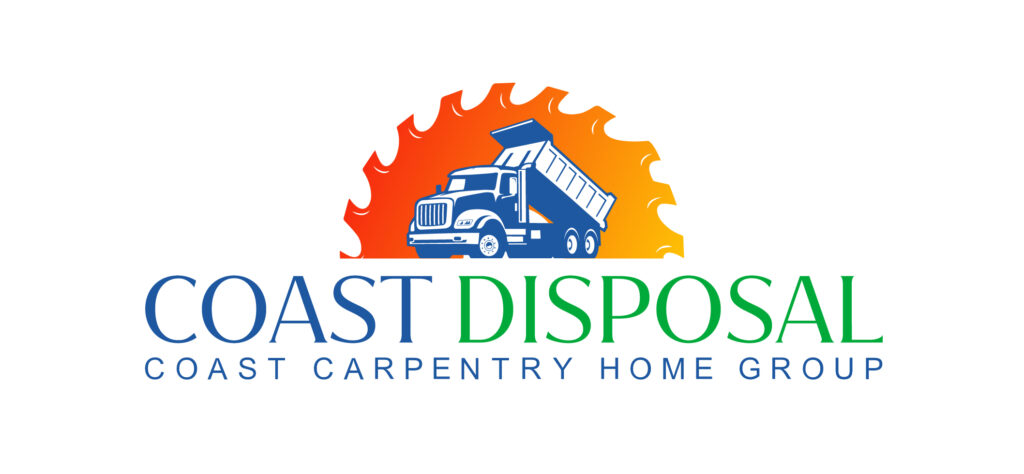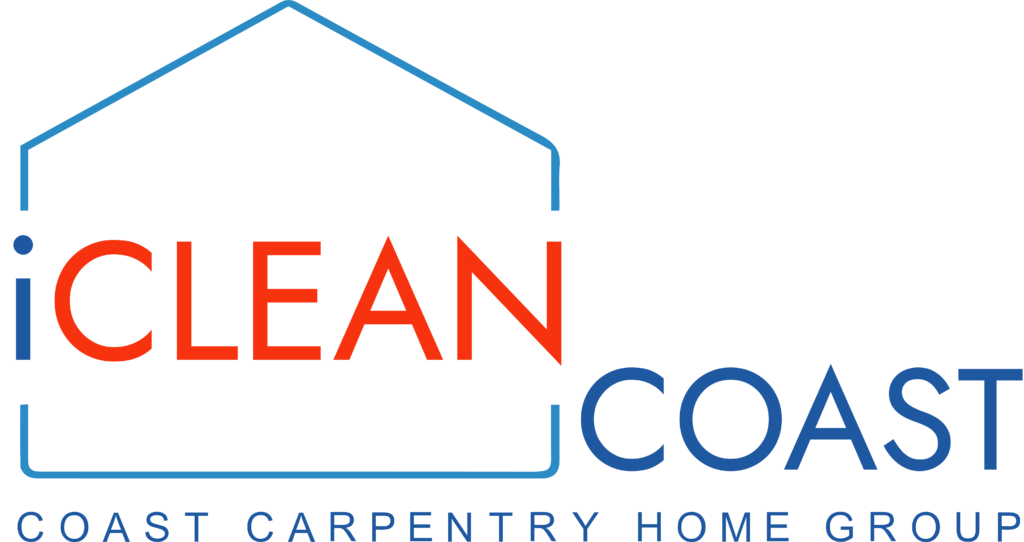Living in Cape Cod means enjoying the coastal beauty but also dealing with high winds. Strong winds can put a lot of pressure on your roof, making it essential to ensure your roof is stable and secure. Addressing roof stability before the storm hits can save you from costly repairs and keep your home safe.
First, regular inspections are crucial to spot any weak spots or potential problems. Checking your roof for loose shingles, cracks, and areas where water might seep in is the first step in preventing wind damage. Keeping an eye on these details helps you catch issues early and address them before they become bigger problems.
Next, reinforcing your roof structure makes a big difference in handling high winds. Adding extra support to key areas can help your roof withstand stronger gusts. This might include securing roof trusses or adding bracing to ensure the roof stays put even during a storm.
Finally, securing shingles and other roofing materials ensures they stay in place during heavy winds. This includes using high-quality, wind-resistant materials and properly fastening them. Regular maintenance, like checking for loose nails or damaged shingles, further protects your roof from potential wind damage.
Inspecting Your Roof for Weak Spots
Regular inspections are vital to ensure your roof can handle high winds. Start by examining your roof for any visible signs of damage. Look for loose or missing shingles, cracks, or areas where water might pool. Weak spots can be especially vulnerable during storms, so addressing them early is crucial.
Next, inspect the edges of your roof. These areas often face the brunt of strong winds and can be the first to get damaged. Check for loose or lifted shingles and ensure that all the flashing is secure. Flashing helps keep water out, so make sure it’s not bent or rusted.
You should also examine areas around chimneys, vents, and skylights. These spots can be weak links in your roof’s defense against high winds. Check for gaps or cracks around these penetrations and seal them properly.
Finally, don’t forget the underside of your roof. Look in your attic for any signs of leaks or sunlight peeking through. Moisture stains or mold growth can indicate a leak and should be addressed promptly. Regular inspections help you spot these issues before they become major problems.
Reinforcing Roof Structure
Once you’ve inspected your roof for weak spots, the next step is reinforcing the structure. Start by adding extra support to your roof trusses. This can be done by using hurricane straps or clips. These metal connectors help hold the trusses and rafters to the walls, making the entire structure more secure.
Bracing is another effective way to strengthen your roof. Install diagonal braces to tie the roof’s frame together, adding stability. Cross-bracing can be installed between rafters and trusses to increase resistance to wind uplift.
You might also consider reinforcing the roof decking. Adding an extra layer of plywood or oriented strand board (OSB) can provide additional strength. Ensure the decking is properly nailed down using ring-shank nails, which offer better holding power than smooth nails.
Check the connections between the roof and the walls. Secure these areas with metal connectors or straps to prevent the roof from lifting off during high winds. Reinforcing these connections is crucial for keeping the roof attached to the house.
By taking these steps, you enhance your roof’s ability to withstand strong winds, providing better protection for your home.
Securing Shingles and Other Roofing Materials
Securing shingles and other roofing materials is essential to prevent wind damage. Start by using high-quality, wind-resistant shingles. These shingles are designed to withstand strong gusts and reduce the risk of them being blown off. Ensure they are installed correctly, with proper nailing techniques to keep them secure.
Consider adding roofing cement or sealant to keep shingles in place. Apply a dab of sealant under each shingle tab to provide extra holding power. This simple step can make a big difference during high winds.
Pay attention to other roofing elements like vents, flashings, and ridge caps. Make sure these components are securely fastened and in good condition. Loose flashings and ridge caps can be easily lifted by the wind, causing significant damage.
If you have tiles or metal roofing, ensure they are properly anchored. For tiles, check the fasteners and replace any that are corroded or missing. For metal roofs, ensure all the screws and fasteners are tight and replace any that are loose.
Taking these steps will help ensure your roofing materials remain intact and provide the necessary protection during high winds.
Regular Maintenance and Professional Inspections
Regular maintenance and professional inspections are key to keeping your roof in top shape. Schedule routine checks to spot any potential issues before they become major problems. Regularly clean your gutters and remove any debris that might accumulate on the roof. Blocked gutters can lead to water damage, which weakens the roof structure.
Hire a professional to inspect your roof at least once a year. A professional can spot problems that you might miss, such as small leaks or hidden damage. They can also provide recommendations for any necessary repairs or reinforcements.
List of Regular Maintenance Tasks:
1. Clean gutters: Remove leaves and debris to prevent blockages.
2. Trim trees: Keep branches away from the roof to avoid damage.
3. Check for moss and algae: Clean these off to prevent roofing material deterioration.
4. Inspect attic and insulation: Look for signs of leaks or moisture.
By keeping up with regular maintenance, you can extend the life of your roof and ensure it stands up to high winds.
Conclusion
Ensuring roof stability during high winds involves regular inspections, structural reinforcements, securing materials, and consistent maintenance. Addressing weak spots, adding extra support, and using high-quality materials helps keep your roof intact during storms. Regular professional inspections further safeguard your home by catching issues early.
Proper roof care ensures your home remains safe and secure, no matter how strong the winds get. Taking proactive steps today can save you from costly repairs and stress in the future.
For trusted Cape Cod roofing services, contact Coast Carpentry Construction. Let us help you reinforce your roof and provide the peace of mind you deserve.







